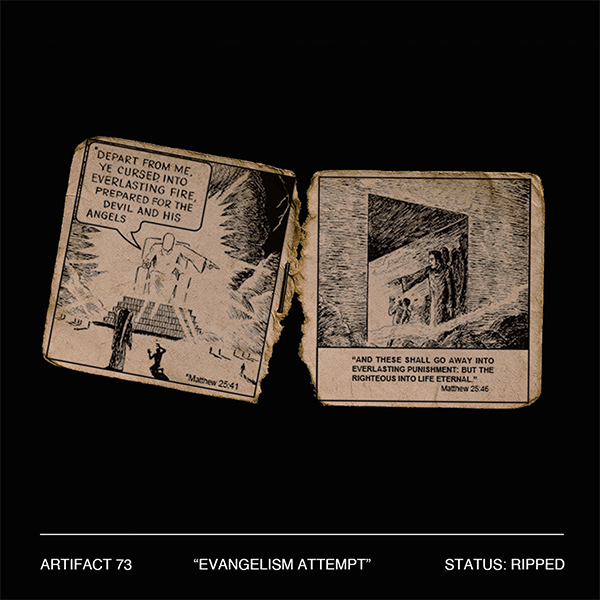#ChurchTrending: From Corporation to Locally Owned, Part Two
The Judsons
In the American missionary experience the Judsons were launched in 1812 by our first missionary corporation; the ABCFM (the American Board of Commissioners for Foreign Mission). It was constructed with the all the commercial savvy that the early 1800s had to offer. It took more than 18 months for the Congregationalists to scare up the investors to fund this mission, and many voices vied for organizational attention beyond those of the young missionaries (to say nothing of the people to whom they would be working). Ultimately the Judsons didn’t even make it to Myanmar (formerly Burma) before abandoning this Congregationalist missionary corporation and spawning a new corporation with the Baptists with whom they fit better theologically.
The complex structure which emerged to send William Carey as well as a handful of American college graduates to Myanmar in 1812 became the modus operandi of Protestant missions. Surely there are other vehicles for sending missionaries than the corporation.
The Lieles
Thirty years before the Judsons set off to Myanmar and ten years before William Carey, there were the Lieles. The earliest missionaries were freed black slaves! They could not afford to construct the elaborate and expensive machinery of a missionary corporation. George and Hannah Leile had a vision for establishing God’s kingdom in Jamaica. So they indentured themselves to a ship’s captain in order to obtain passage to Jamaica. They worked bi-vocationally. Slaves among whom they ministered gave their pennies to help fund the mission. They worked not only to call people to come under Christ as Master, but they also worked to end slavery in the West Indies.
These two missions – the Liele’s in 1782, and the Judsons in 1812 – mark distinct visions for Protestant ministry. One was launched with few resources and completely under the direction of those on the field, and the other was launched with comparatively greater resources and under the direction of investors and a board back in America. Both missions experienced sacrifice, hardship and ministry fruit, but only one could be conducted by devoted followers who had no money; only one had the freedom and flexibility to make significant changes without the approval of a board thousands of miles away; and only one employed a model that was more locally owned than corporately held.
Today nearly all non-profit organizations, from the Corporation for Public Broadcasting to organizations like the one I work within (InterVarsity Christian Fellowship), have adopted a corporate paradigm which embraces the corporate hierarchy. Investors/major donors primarily make up our boards of directors, they in turn appoint the executives that direct our field workers who interact with the “consumers” at the bottom of our church and ministry pyramids. It has promoted a team of professionals, many of whom must have access to those with capital in order to be in the missionary industry. My friends on the economic margins that are qualified to be missionaries are often left on the sidelines.
The very first missionaries were “unschooled and ordinary” people who traveled the world with few resources. How might we free today’s apostolic effort from the costly and complex corporate structures westerners have constructed?
Might we in the west learn something from the Majority World, poor missionaries who are conducting mission through different vehicles?
It is time to deconstruct the missionary industrial complex.



